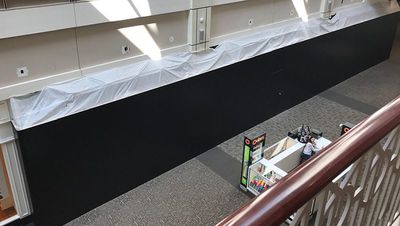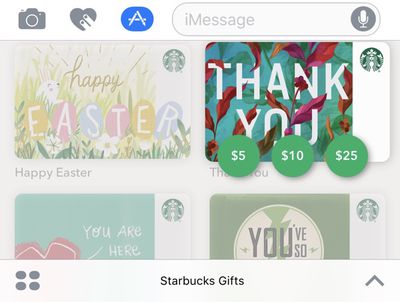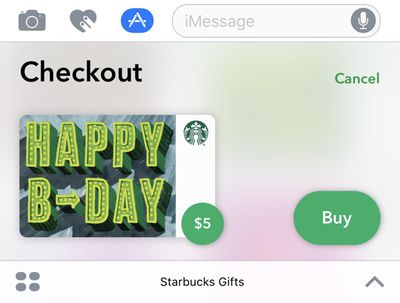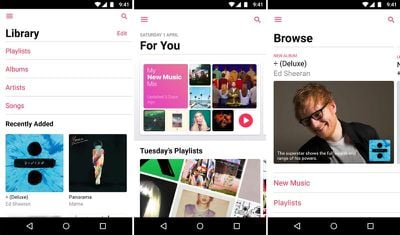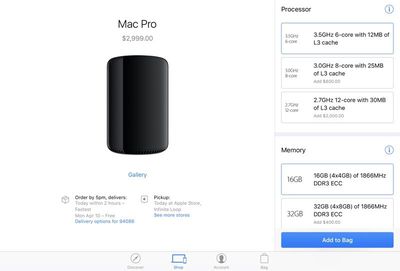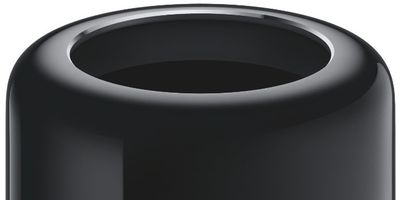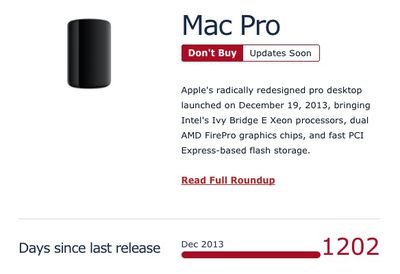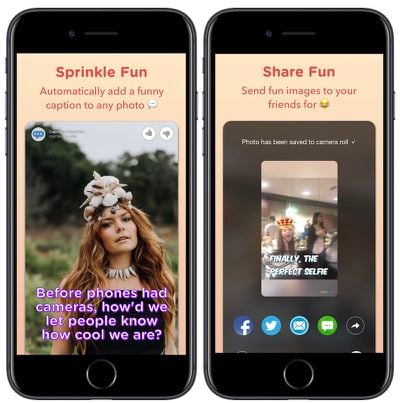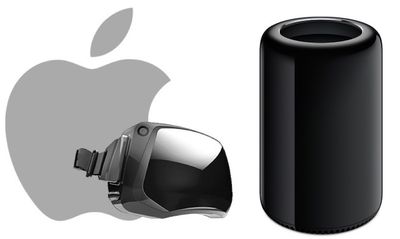Swedish truck and bus manufacturer Scania today announced that it will begin introducing Apple's CarPlay system into some of its heavy trucks beginning in June 2017, as well as revealing that some of its older model vehicles will be upgradeable with aftermarket CarPlay infotainment systems. Scania is among the first in the industry to introduce CarPlay into big rig trucks.
Scania trucks that come with a Scania Infotainment System and a voice control option will be able to support CarPlay, which functions by connecting to a nearby Apple iPhone through a USB cable -- or wirelessly in some vehicles -- and displaying relevant iOS information on Scania's 7-inch touch screen. This way, drivers can use Siri, call someone, listen to music, and navigate without being distracted from the road.

Scania believes that CarPlay will be particularly invaluable for truck drivers "who spend a lot of time behind the wheel." The specific Scania truck models that will be getting CarPlay this summer have not yet been announced.
“Scania’s infotainment system will work with Apple CarPlay, the smarter, safer way to use your iPhone while on the move,” says Björn Fahlström, Vice President, Product Management, Scania Trucks. “Apple CarPlay support is being introduced in June 2017, and earlier devices can be updated, provided that they have voice recognition. By introducing this functionality, we will offer even more driver comfort and increased safety. For truck drivers, who spend a lot of time behind the wheel, everything that makes life on the road easier, simpler and safer is very much appreciated.”
Moving forward, the company said that it plans to continue to introduce CarPlay support into more of its trucks "in the near future." For the list of currently available CarPlay vehicles, check out Apple.com.


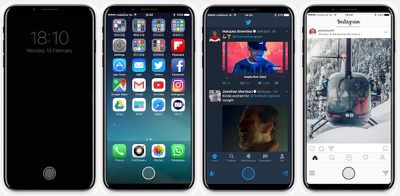
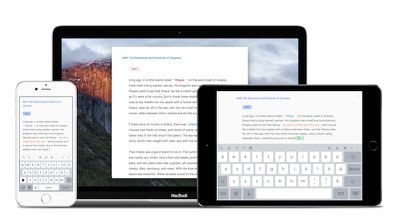
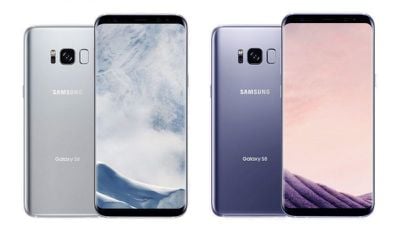
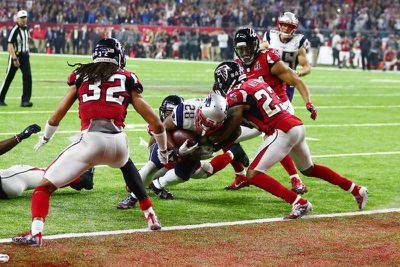
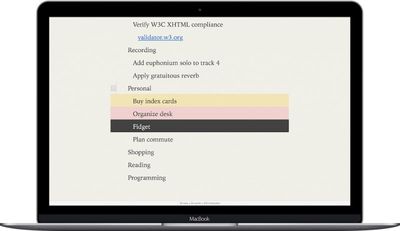
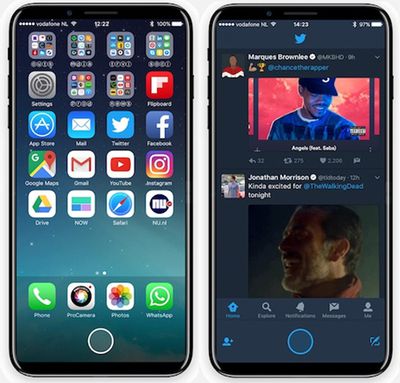
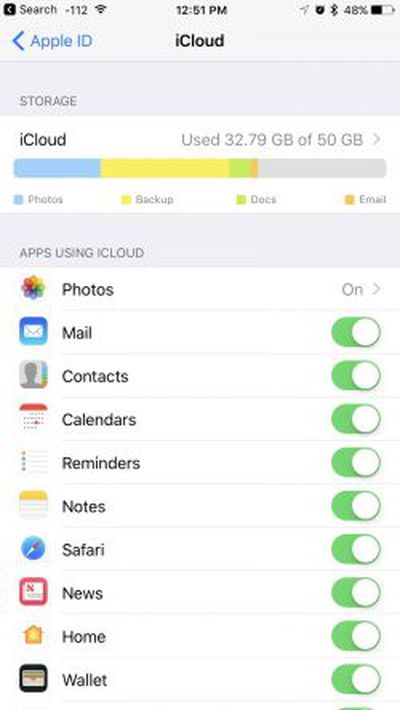 Apple today sent out emails to a small number of iCloud users, warning them that a bug in iOS 10.3 may have caused some iCloud services that had been disabled to be mistakenly re-enabled.
Apple today sent out emails to a small number of iCloud users, warning them that a bug in iOS 10.3 may have caused some iCloud services that had been disabled to be mistakenly re-enabled.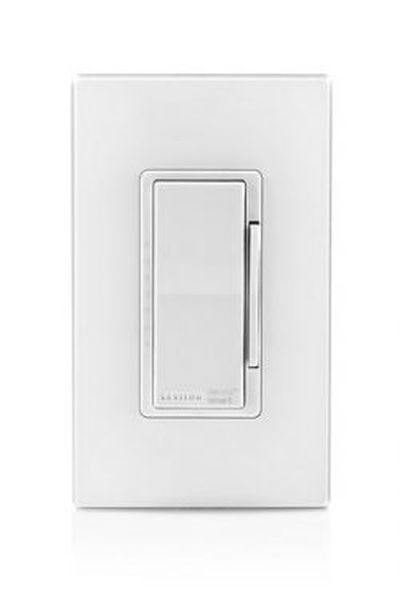 Leviton's new line of HomeKit-compatible light switches and dimmers, first
Leviton's new line of HomeKit-compatible light switches and dimmers, first 
